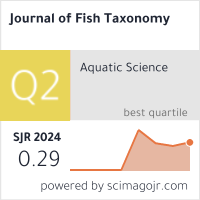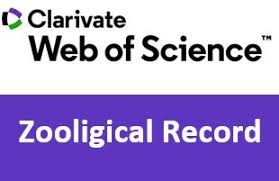Reassessment of Family Gobiidae: Morphological Variations and Molecular Phylogeny of Selected Genera
Keywords:
Reassesment (RR), Family Gobiidae (FG), Morphological Variations (MV), Molecular Phylogeny (MP), Selected Genera (SG)Abstract
The Family Gobiidae is without doubt one of the largest and most diverse families of fish and displays an
extraordinary range of morphological and ecological adaptations in marine, freshwater, and brackish water
habitats. This paper re-defines taxonomic positions, phylogenetic history and roles of the selected genera in the
family through the use of morphological data in combination with molecular phylogenetic data. Early,
conventional methods of classifying taxonomic groups were problematic due to issues of convergent evolution
and phenotypic plasticity that are typical at the higher systematic level; therefore, the use of molecular data is
preferred. In this study, the author identifies previously undescribed species using mitochondrial and nuclear
DNA polymorphisms and establishes the most accurate and informative taxonomy and phylogeny. The results
contribute significant knowledge about the genetic marker, morphological adaptations, adaptive population
differentiation, and species diversification in the family level. Additionally, the study reveals conservation
implication of gobies; the fact that despite their hardness, populations need to be safeguarded from realizing their
genetic differences in face of challenges such as changed environment or even habitat destruction. This integrative
approach can be used as a model to study other complex taxa, which are important for reconstructing the pattern
of the biodiversity and evolution.








